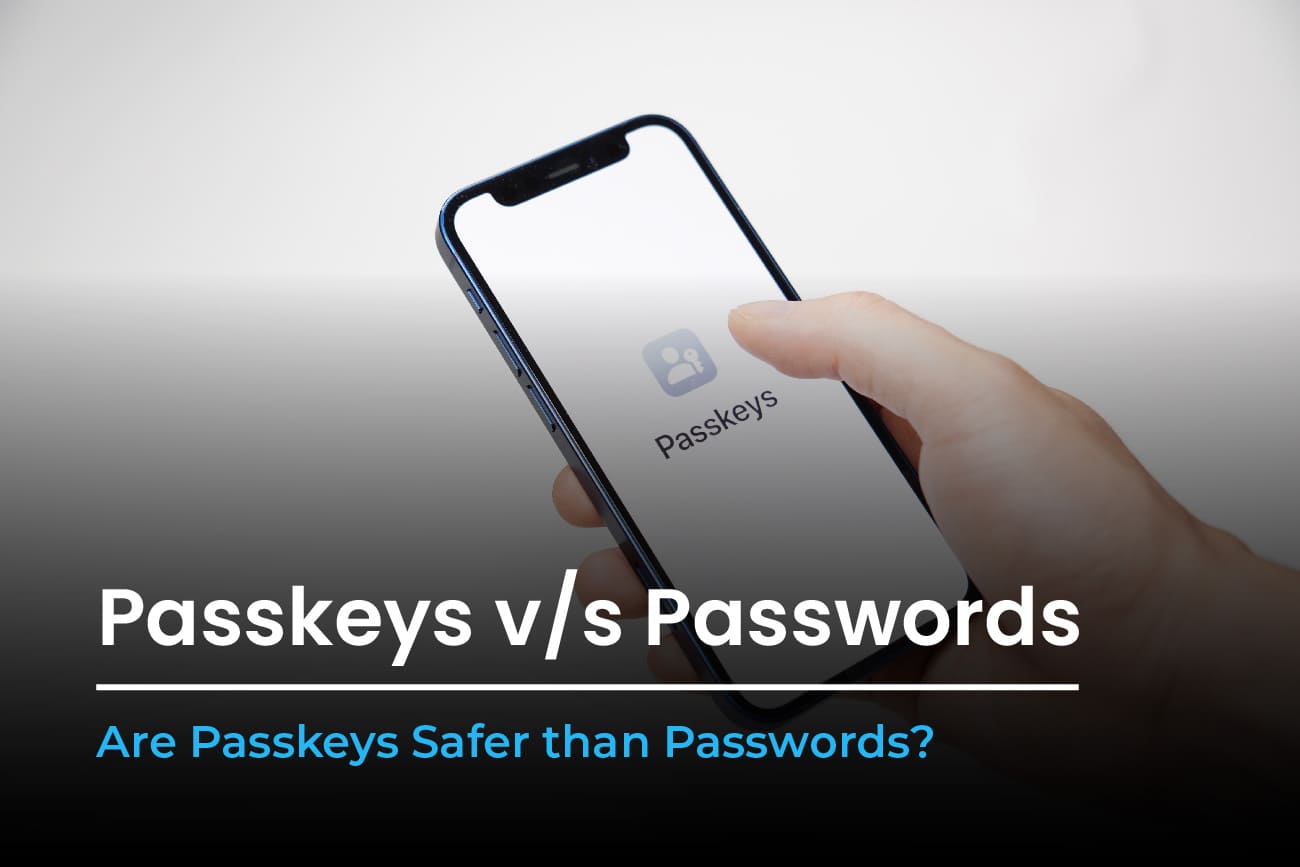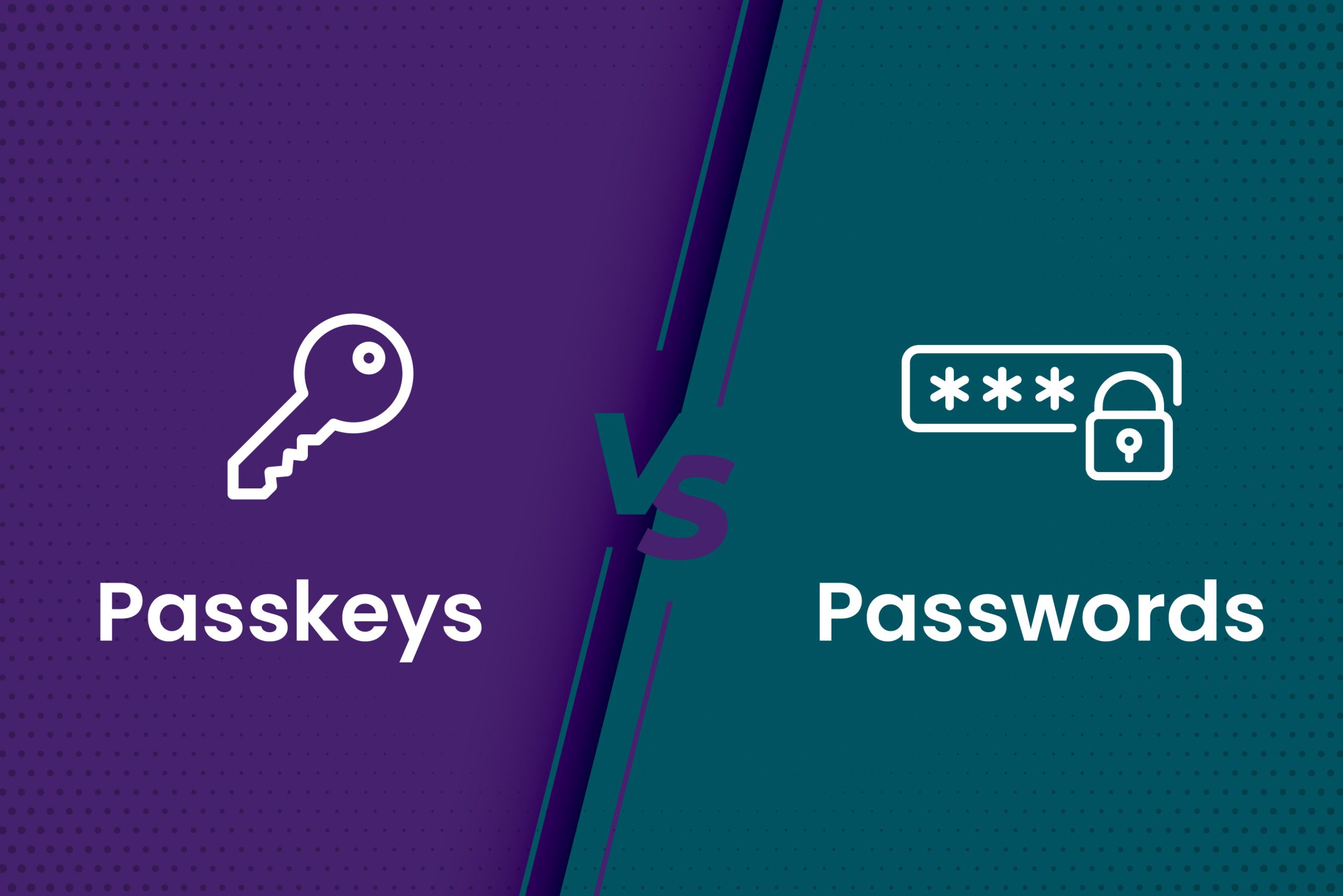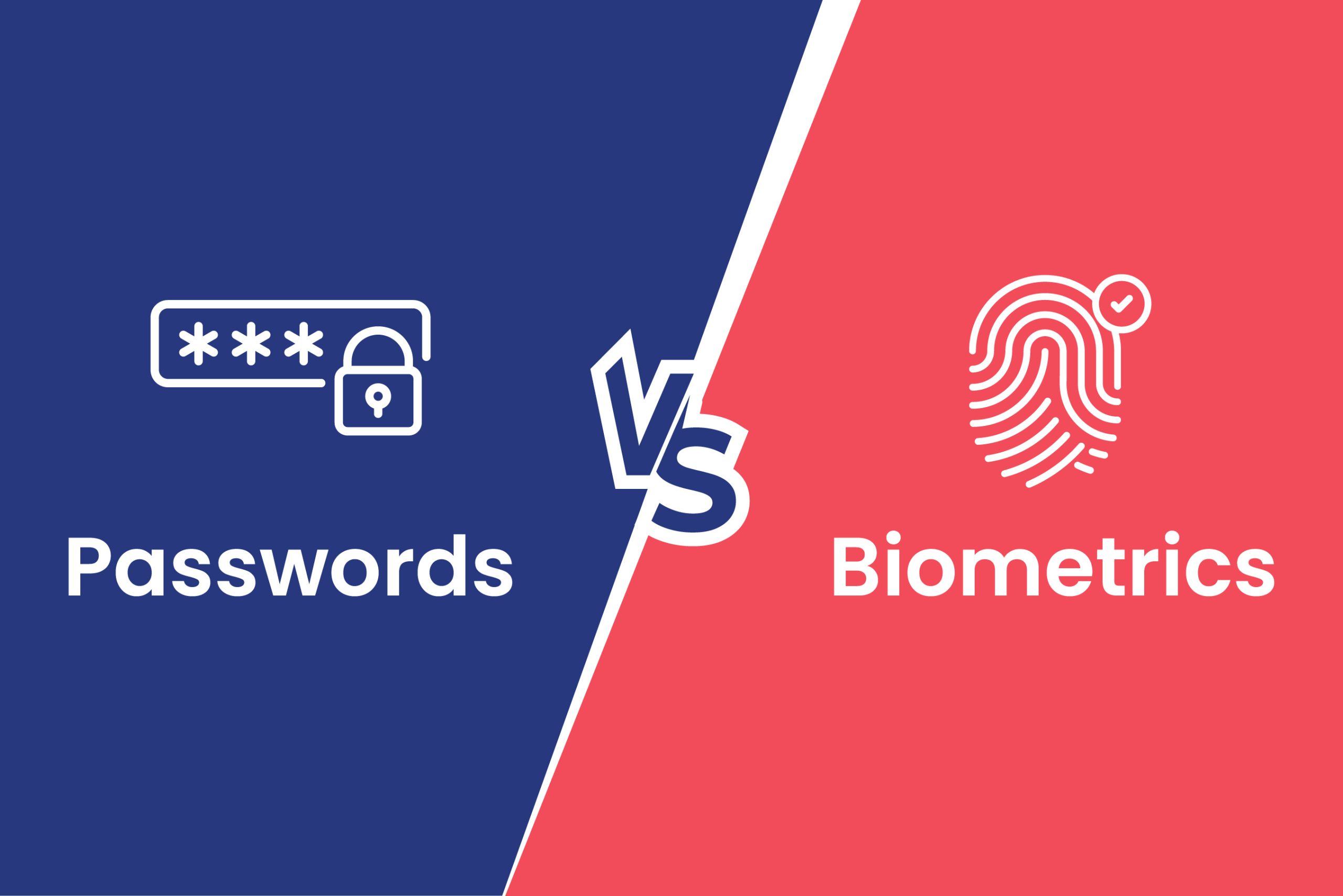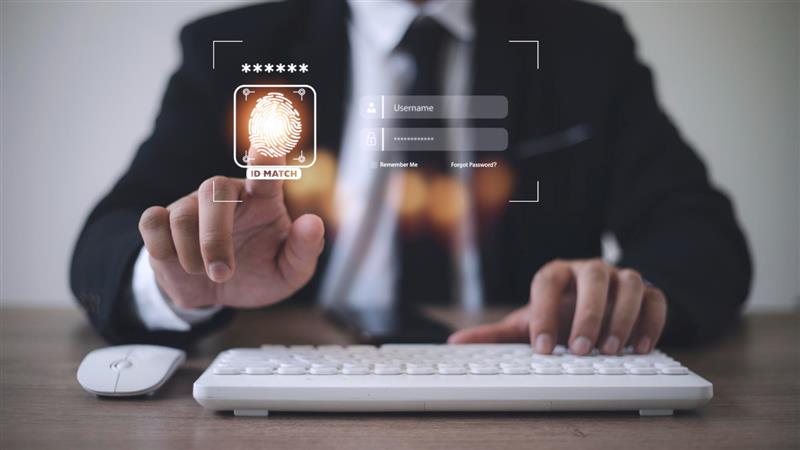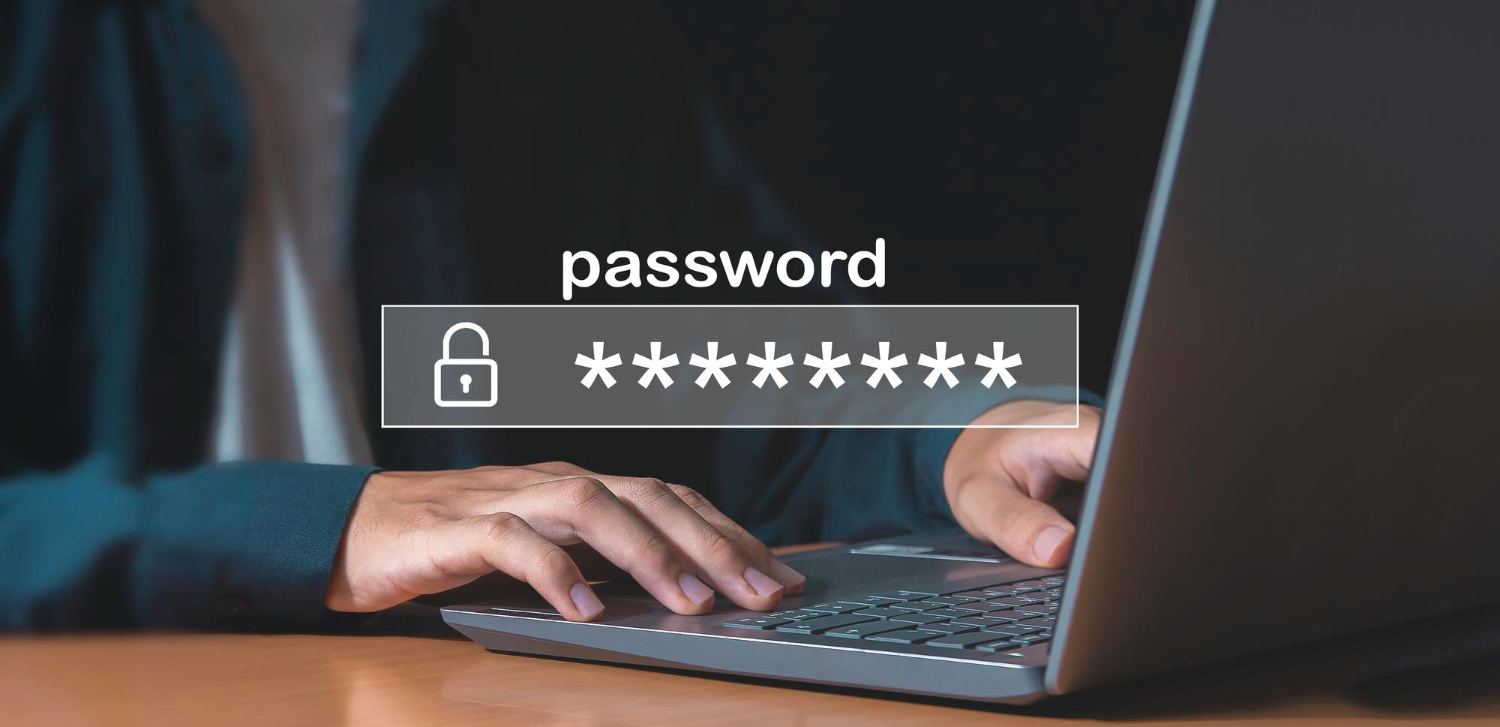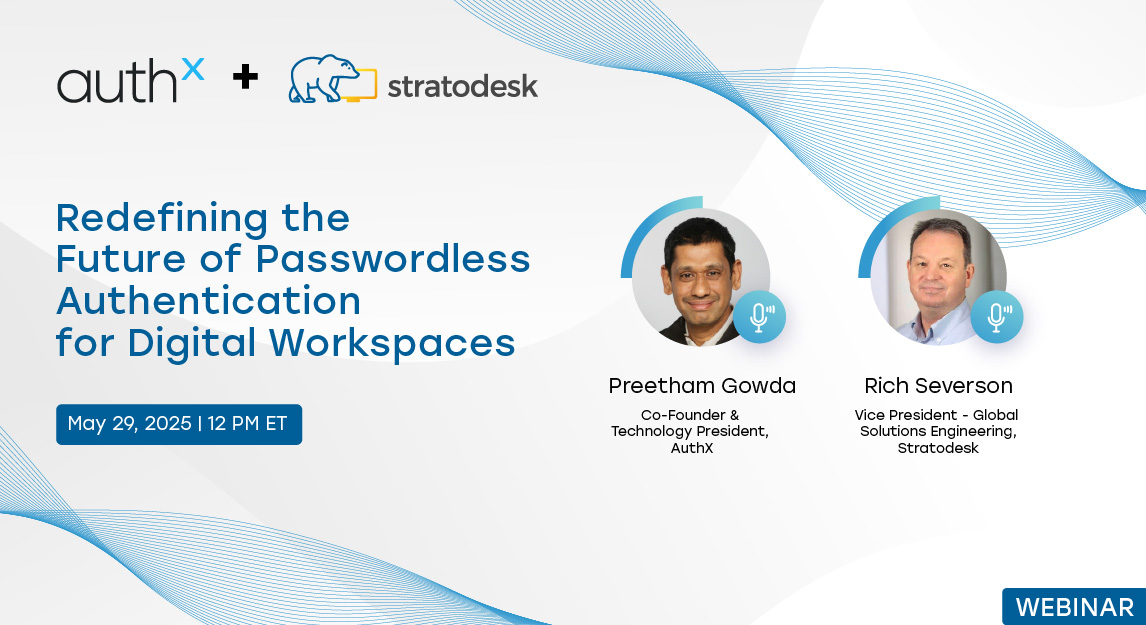We’ve all been there – staring at a password prompt, trying to remember if it’s the one with “123!” or your pet’s name backward. It’s frustrating, right? But here’s the good news: we’re finally breaking free from the password struggle.
By 2025, experts predict passwordless methods will secure over 50% of enterprise systems globally. What’s next? Passkeys. Passkeys is definitely not just another buzzword but a game-changer in cybersecurity. Picture this: no more password resets, no more “your password must include the square root of your birthday divided by your shoe size.” Just a simple, secure way to prove you’re really you.
With tech giants like Apple, Google, and Microsoft supporting passkey login, it’s clear that this new approach to cybersecurity is here to stay. Let’s dive into how passkeys stack up against traditional passwords, why they’re more secure, and if they’re ready to take over.
What are Passkeys?
A passkey is a modern authentication solution that replaces traditional passwords with device-based verification methods. This technology enables users to access their accounts through biometric authentication (facial recognition or fingerprint scanning) or device-specific PINs, eliminating the need for memorized passwords. In just two years since Passkeys were introduced for consumer use, its awareness surged by 50%, rising from 39% in 2022 to 57% in 2024.
Passkey login technology leverages public key cryptography, where your device stores and manages secure authentication credentials. When logging in, the process is streamlined: rather than entering strings of characters, users simply verify their identity using their device’s built-in authentication methods.
What are Passwords?
A password is a digital key that grants users’ access to their accounts and applications. While they have traditionally been the primary defense in cybersecurity, many users may still wonder, “What are passwords?” In essence, they are a fundamental yet flawed security measure. The evolution of complex requirements (incorporating uppercase letters, symbols, and numbers) has made it increasingly challenging for users to remember complex combinations.
Passwords are inherently weak. Many passwords are vulnerable to sophisticated cyberattacks, including phishing, brute-force attempts, and social engineering. Despite these risks, passwords are universal and remain the default for most systems. However, weak passwords—like “password123” or “qwerty”—are easily exploited by attackers.
How does Passkey work?
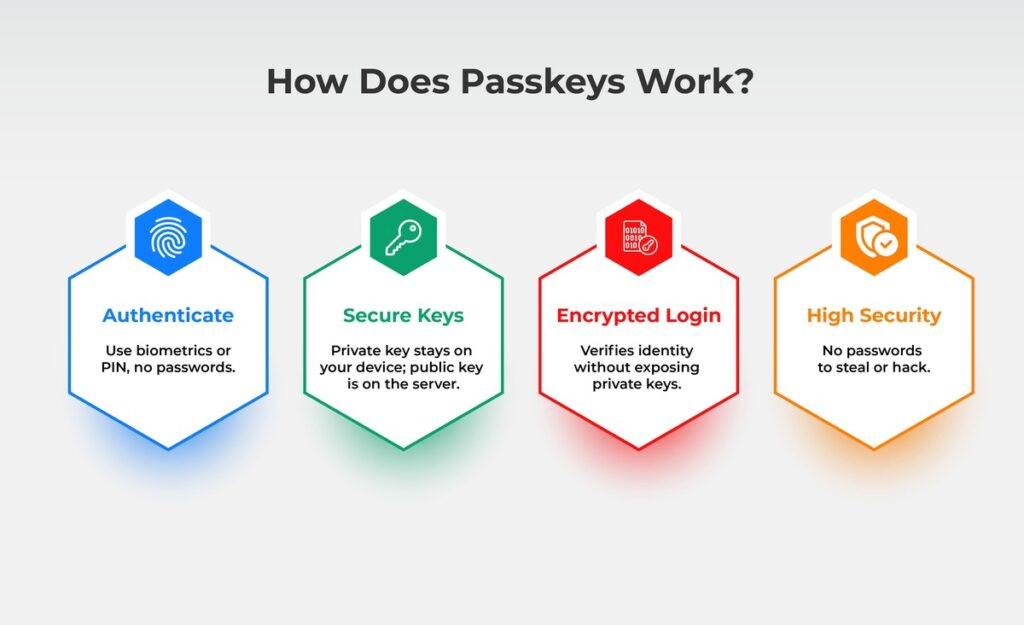
Here’s a simpler way to understand passkey login: how does passkeys work? They’re a more secure way to log into your accounts than traditional passwords. Let us break down how they work.
- Biometric or Device-Based Authentication: You unlock your device with your fingerprint, face scan, or PIN. With passkey login, you simply authenticate by using these methods—no memorizing passwords, no resetting every few weeks. It’s like having a super-secure lock that only you can open.
- Device Stores Private Key: The passkey process creates a cryptographic key pair. The private key stays securely on your device. This key is like your digital fingerprint, unique to you, and stored safely. Meanwhile, a matching “public key” is stored on the server where you’re trying to log in.
- Encrypted Communication: When you log in, your device securely connects with the server, proving it’s you, using public key cryptography. Imagine it as a silent handshake between your device and the app. They verify your identity without ever sending the private key itself, making it nearly impossible for hackers to intercept or misuse your credentials.
Unlike passwords, which can be stolen or phished, passkeys use top-notch encryption that’s almost impossible for hackers to crack or misuse.
Key Differences Between Passkeys and Passwords
The following comparison of passkeys vs passwords shows why passkeys are seen as the future of authentication.
Feature | Passkeys | Passwords |
Authentication | Biometric or device-based | Text-based (e.g., alphanumeric) |
Security Level | High, cryptographic based | Moderate, easily guessable |
Convenience | Instant, user-friendly | Often inconvenient |
Vulnerability | Low (resistant to phishing) | High (easily stolen, reused) |
User Experience | Seamless, faster login | Often slow, requires resets |
Adoption Rate | Increasing rapidly | Decreasing, seen as outdated |
Key Benefits of Passkeys
1. Robust Security
Passkey logins offer an advanced level of security. Since they don’t rely on something you “know” (like a password), they are immune to phishing and other common hacks that target passwords. A recent security study found that passkeys reduce the risk of phishing by up to 90%, as there’s no password for attackers to steal.
2. Access Convenience
Passkey logins eliminate the need for password resets, saving time and minimizing frustration. Users simply authenticate with biometrics or their device PIN, making logging in quick and seamless. Research suggests that user satisfaction increases by 30% in passwordless environments due to the simplicity of logging in.
3. Flexibility
Unlike passwords, which are often device-specific and require syncing across apps, passkeys are highly adaptable. A single passkey can be used across multiple devices, eliminating the need to remember or reset passwords every time you switch devices.
4. User Experience
From a user experience perspective, passkeys offer a streamlined, hassle-free login process. No more clunky password requirements or frequent resets. This is especially valuable in high-security industries, where employees often feel burdened by constant login requirements.
Are Passkeys Safer than Passwords?
Passkeys are safer and simpler than passwords because they remove human errors. Unlike passwords, passkeys cannot be reused, guessed, or phished.
- Phishing Resistance: Traditional passwords require sharing secret data (e.g., “1234”), making them highly susceptible to theft. Passkeys authenticate without exposing sensitive details.
- Security by Design: Passkey login relies on alternative to passwords principles, keeping private keys secure on a device and using server-stored public keys for authentication.
- Future-Ready: Passkeys are compared to passwords in terms of adoption; their increasing support by major platforms ensures they are supported by all websites soon.
Cybersecurity managers believe that Passkeys are their best defense against credential-based attacks. They take the user out of the equation, which is often the weakest link in security.
The Shift to Passwordless Security: What’s Next?
Although passkeys are an exciting start toward a passwordless future, passwords won’t disappear overnight. Many organizations are still in the process of transitioning and need to support legacy systems. However, for those ready to embrace the change, passkeys offer a secure and practical alternative.
The good news? A passwordless world is possible. With the right awareness and training, businesses can make the switch smoothly. By removing the need for complicated passwords, passkey logins lower security risks and enhance user experience.
At AuthX, we make this transition easier and cost-effective. Our passwordless authentication solutions—like passkeys, biometric verification, and mobile push—are designed to work seamlessly with Multi-Factor Authentication (MFA), Single Sign-On (SSO), and Zero Trust security models. This means stronger, more secure access across your entire organization, without the complexity of managing passwords. We’re here to help you embrace the future of authentication, with confidence and ease.

